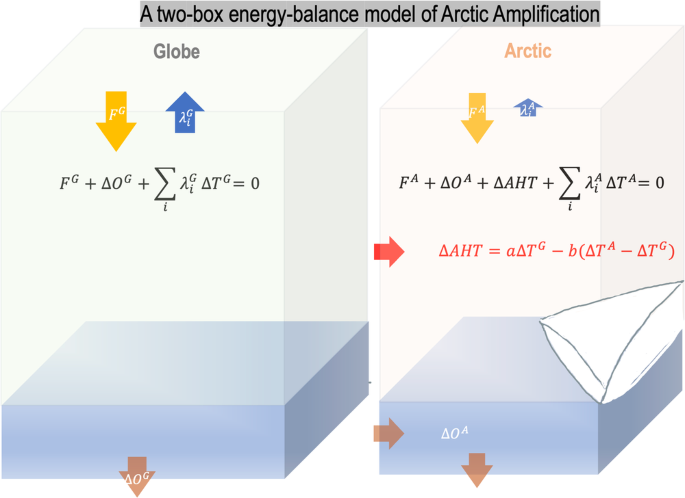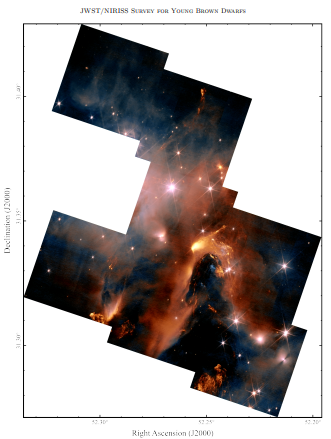2024-08-28 パシフィック・ノースウェスト国立研究所(PNNL)
<関連情報>
- https://www.pnnl.gov/publications/complexity-amplified-arctic-warming-can-be-understood-analytically
- https://www.nature.com/articles/s41467-024-48469-w
北極域の温暖化度合いを解析的に理解する理論 An analytic theory for the degree of Arctic Amplification
Wenyu Zhou,L. Ruby Leung,Shang-Ping Xie & Jian Lu
Nature Communications Published:13 June 2024
DOI:https://doi.org/10.1038/s41467-024-48469-w

Abstract
Arctic Amplification (AA), the amplified surface warming in the Arctic relative to the globe, is a salient feature of climate change. While the basic physical picture of AA has been depicted, how its degree is determined has not been clearly understood. Here, by deciphering atmospheric heat transport (AHT), we build a two-box energy-balance model of AA and derive that the degree of AA is a simple nonlinear function of the Arctic and global feedbacks, the meridional heterogeneity in radiative forcing, and the partial sensitivities of AHT to global mean and meridional gradient of warming. The formula captures the varying AA in climate models and attributes the spread to models’ feedback parameters and AHT physics. The formula clearly illustrates how essential physics mutually determine the degree of AA and limits its range within 1.5-3.5. Our results articulate AHT as both forcing and feedback to AA, highlight its fundamental role in forming a baseline AA that exists even with uniform feedbacks, and underscore its partial sensitivities instead of its total change as key parameters of AA. The lapse-rate feedback has been widely recognized as a major contributor to AA but its effect is fully offset by the water-vapor feedback.



